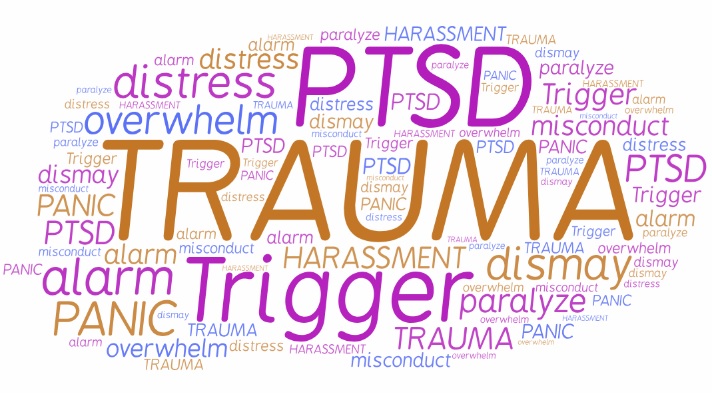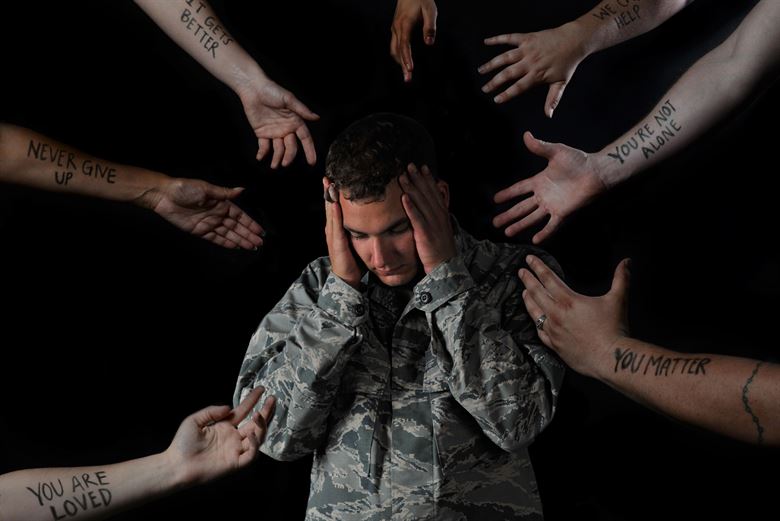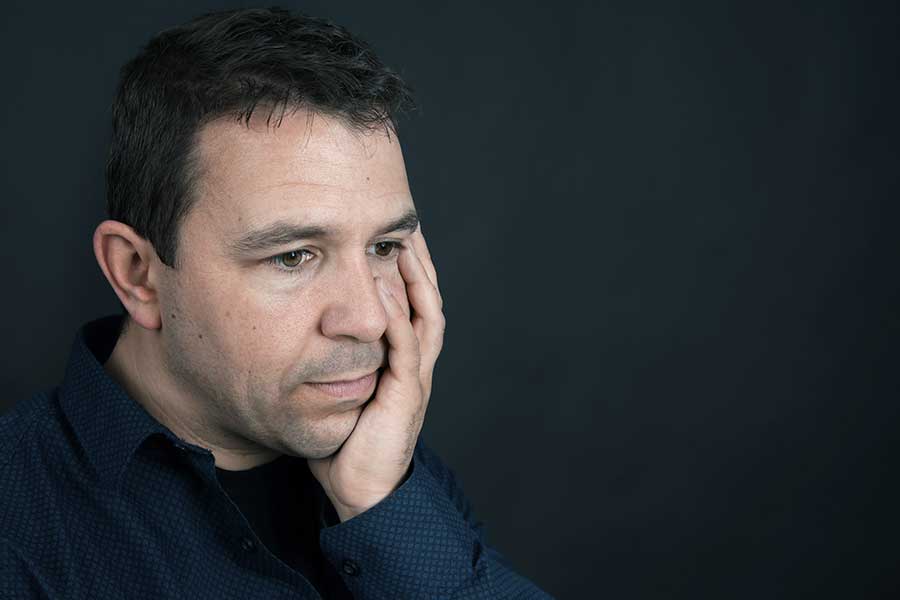

This means that we don’t have to experience something first hand to develop trauma.

#Trauma meaning manual
Later definitions have broadened the definition of trauma, acknowledging the many sources of traumatic experiences and the effect of cumulative traumas.Ĭurrently, the Diagnostic and Statistical Manual of Mental Disorders (DSM–5) indicates that trauma can be experienced either directly or indirectly. Early on, trauma was thought to only be possible when someone was awake and psychologists reserved this label for events that fell outside the range of normal human experiences.

What experiences are considered traumatic has changed over time. While the hypothesis that nightmares can cause trauma may not be the subject of a significant amount of research, the answer to this question may depend on the way trauma is defined. Vivid dreams or waking up with clear memories of nightmares can be an unsettling experience. People around them may notice mood changes as they become more easily startled and hyper aware of potential danger. People with PTSD often avoid both external reminders (people, places, activities) and internal memories, thoughts, or feelings about the event. flashbacks) or during sleep (nightmares). People diagnosed with this disorder have recurrent and involuntary memories of the event, which may come during the day (e.g.

PTSD is a disorder that develops following a traumatic event. It’s thought that less than 10% of trauma victims develop PTSD. While not all people who have repetitive nightmares are diagnosed with a mental health disorder, these nightmares are a common experience in people diagnosed with post-traumatic stress disorder (PTSD). The fight-flight-freeze response can remain activated long after a traumatic experience has ended. Long-term, repetitive nightmares are linked to difficulties in reducing the brain’s fear response combined with chronic hyperarousal. After we’ve had time to process a traumatic experience, this alarm system usually quiets and returns to normal functioning. We become hypersensitive to danger as the body releases stress hormones, our pupils dilate, and our heart rate increases. Fortunately, for most people trauma-related nightmares subside after a few weeks or months.ĭuring a frightening event, the body’s fight-flight-freeze response is activated in order to protect us from harm. Nightmares may also represent a breakdown in the body’s ability to process trauma. Nightmares may be an intense expression of the body working through traumatic experiences, so intense that the nightmare causes the sleeper to wake up. After experiencing a traumatic event, nightmares are even more common. Nightmares are a pretty common experience, with between 4 and 10% of the population having nightmares weekly. This idea is supported by research that demonstrates that we are more likely to approach threatening situations in our dreams than to avoid them. Being exposed to threats while safely asleep may reduce our fears and allow access to other areas of the brain important in creativity and decision making. When our experiences are traumatic, dreams may reflect the body’s attempt to cope and learn from these situationsĭreams can simulate threatening events and allow us to try out different responses. Many neuroscientists and psychologists believe that dreams help to integrate our experiences into long-term memory, a process called memory consolidation. While science has come a long way since Freud, more recent hypotheses are surprisingly consistent with these early ideas. Other researchers thought nightmares were a way in which the mind transformed shame associated with the traumatic event into fear. Nightmares were often seen as a failure to work through or master the trauma. Researchers thought that dreams allowed people to revisit and attempt to work through old trauma. Later hypotheses were developed in response to repetitive nightmares experienced by war veterans. He proposed that dreams protected sleep by containing the anxiety associated with repressed desires. Sigmund Freud, the founder of psychoanalysis, offered an early perspective, suggesting that dreams allow a view into the unconscious. While there isn’t broad consensus as to why trauma affects our dreams, scientists have long wondered about this connection. The content of these disturbed dreams often incorporates similar feelings and sensations to those experienced during the trauma. Dreams often reflect what we see and feel while we’re awake, so after a traumatic experience it’s common to have nightmares and anxiety dreams.


 0 kommentar(er)
0 kommentar(er)
